It’s been a minute! I was on vacation and travelled to visit family. I had the best intentions to keep up with my gaming streak but very quickly noticed that I wouldn’t do anything else if I played video games like I normally do. I enjoyed the change of pace and being with family I haven’t seen in a while. We took walks in historical places, went to museums and churches, ate good food and talked about everything we could think of. We also got our share of family drama, but all things considered, I enjoyed my time very, very much.
Between reading, doing crochet, and playing with gorgeous family cats, I found some moments where I could play a little bit of Persona 4 Golden. I’m still reading The House in Fata Morgana, but I think my enthusiasm ended at the end of the main game. A Requiem for Innocence had some interesting, even exciting story arcs, but Resurrection is a slog and so unnecessary. When I’m reading it I feel like I should be doing something else, however I can’t put down something that I’ve already started. It’s just that I don’t really need to know the backstories of everyone involved in the main game when the information is already available there. I don’t need to know their futures either because it deletes the uncertainty that made the ending of the main game so meaningful.
On another note, it isn’t surprising that I’m enjoying Persona 4 Golden as much as I am. It’s the Atlus effect! Their games are good and appeal to me with no effort. I don’t care if it’s high schoolers again fighting against some sinister power because the characters, their portraits, the art, the story, the gameplay, are just pure top tier goodness. I think the story and atmosphere in Persona 3 Reload is more up my alley though. The green fog, the corrupted minds, the certainty of the end of days, the messiah that will save us all – it’s in fact a very familiar story in the sense that it conveys a positive message of love, sacrifice and, ultimately, physical and spiritual endurance. That group of friends goes through everything imaginable to save what they believe in, their connections, the love between each other, and the world at large.
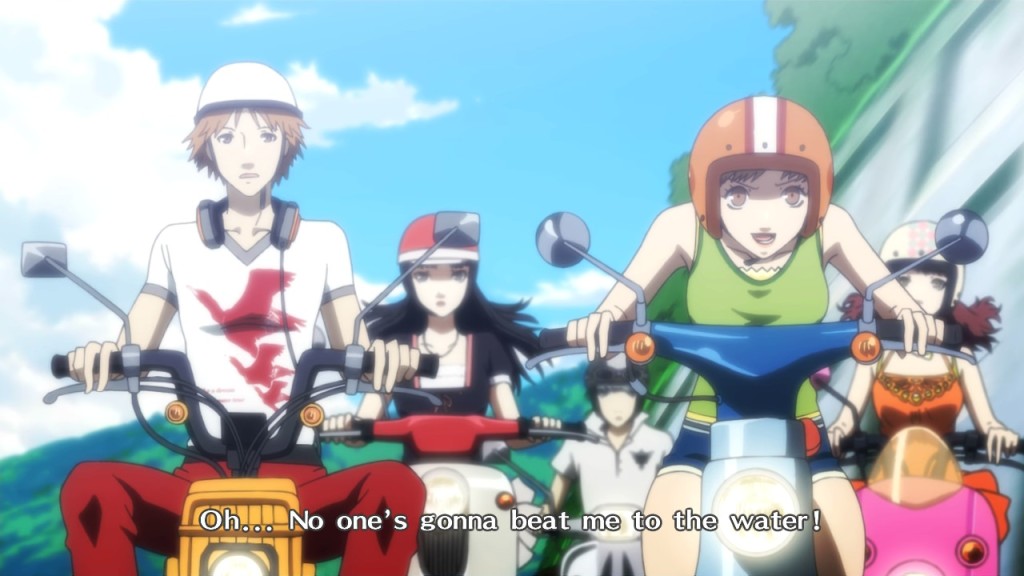
Persona 4 Golden is a bit more chill in the story aspect, at least so far. I don’t believe there isn’t any higher power at work, good or bad. Is there in fact any Persona game that doesn’t make us question our beliefs and drives us through hell to make us see the significance of everything around us? It’s the little things, man. The story is more like a thriller – a set of mysterious murders and disappearances in the city of Inaba connected to antennas and the TV. Bodies are found dangling from antennas, people disappear from the world and end up inside a TV program that broadcasts on rainy nights. We soon discover that we can literally enter the TV and save people there before it’s too late.
The main story is focused on the investigation aspect. The Velvet room’s existence feels even more mysterious with the presence of Maria and her dry sense of humour. I haven’t explored Margaret’s social link yet to see if there’s more than a list of boring persona fusions I won’t ever use. Then there’s loads of other social links, all significantly impacting the power of our fused personas. The core group we play with is positively affected in battle the higher our social link is. I’ve been focusing mostly on the party we play with and the characters we can interact with at night.
Persona 4 Golden is the best version of the game there is, but it isn’t a remake like Reload with all the quality of life features these remakes have been spoiling us with. I think the game is perfectly fine, but I can’t say I feel like I’m being as efficient in my time management as I was in Reload. Most of the time I have no idea about what I can do on certain days. I often feel like I’m wasting time in activities like fishing. Fishing makes time pass as well as maintaining the garden, but catching bugs doesn’t. It’s confusing. This is where the voice feature comes in. It’s a feature that lets us see what other players did during the day we’re in. I use it to get some clues about which people are available that day to hang out, and it’s also useful to see what activities got the bigger number of participants. For a first playthrough, it beats having a guide with me at all times.
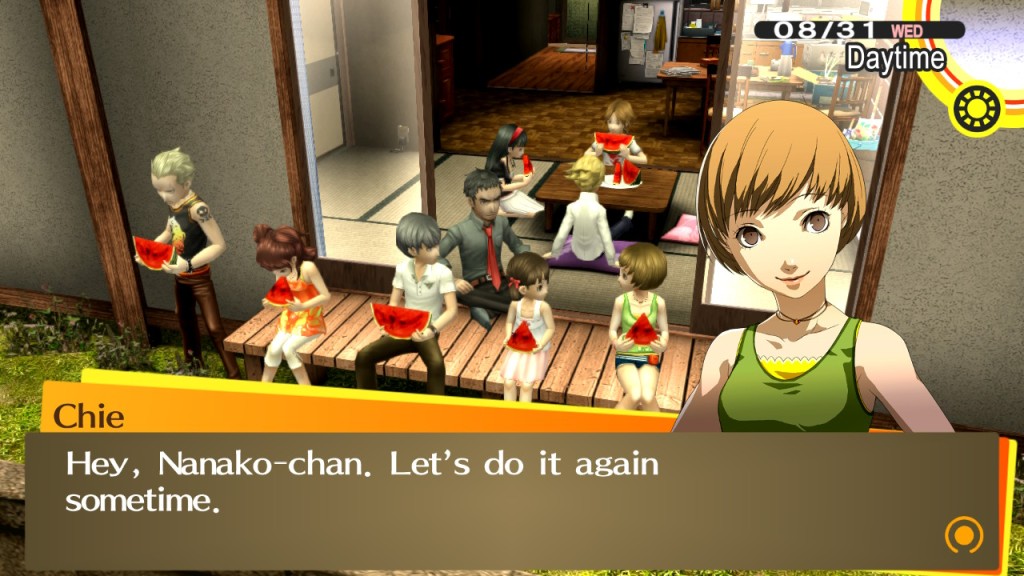
After about 30 hours of gameplay, I still don’t have a clue about what’s going on and most likely I’m not supposed to. I believe I stopped playing at the time when I got all the clues about Naoto and I’m ready to step into his dungeon. I haven’t been in the mood for dungeon crawling these days, so I took a little break from the game. Persona games slowly build up and I kind of enjoy the pace. Since this time I’m playing the game in shorter sessions I’m not following the story so thoroughly.
I’ve mentioned on Mastodon how uncomfortable I feel with Yosuke’s homophobia. I don’t want to dwell on it because most people know it’s wrong and unacceptable. I think, however, that situations like the tent scene are all too common among younger and even older people, and still should be represented in video games. I’m not for censuring older games because of their unfortunate takes, but I’d like to have had some agency as a player to tell Yosuke that his masculinity is not at risk by sharing the same tent with a colleague because he’s gay or bisexual.
I know that all this can be seen as good fun and extremely natural interactions between young boys. Besides, I’m far from the intended audience for this game, but since I’m playing it, allow me to express some disbelief and disappointment. I enjoyed Yosuke’s character from the start. He’s the less stupid sidekick I had the pleasure to know and yet later he presents himself as the main sexist and homophobic from the group. I don’t know why I’m so shocked since almost every boy in my class in the 90s was Yosuke. I don’t know how things are between people from that age group today but I guess we’ve come a long way since then.
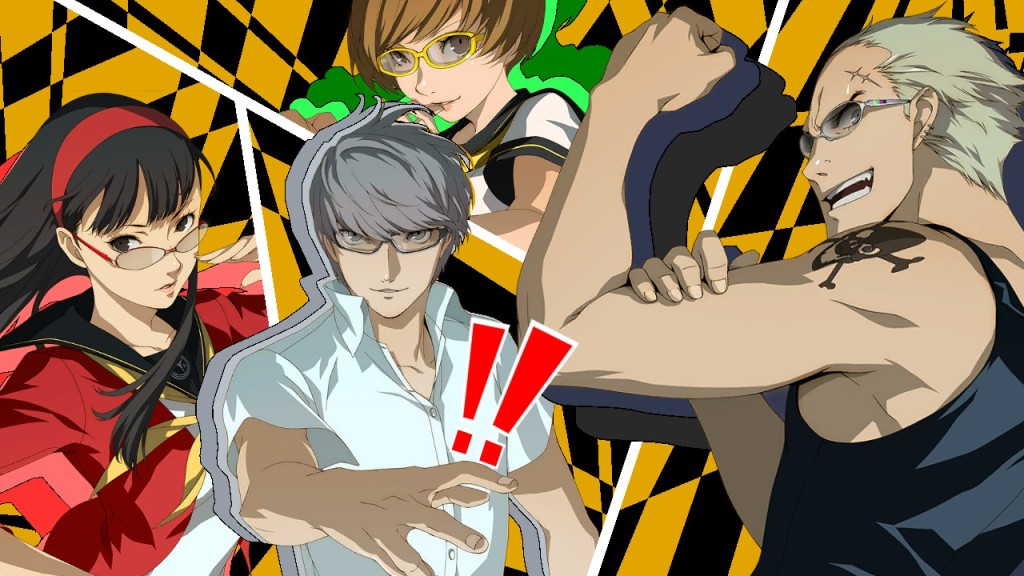
On another note, the game is beautiful to look at and it shines with the little stories for every social link. Chie and Marie are two of my favourite characters and I find Hisano and the nurse very intriguing and a bit creepy. The other social links that I’m more engaged with are Dojima and Nanako, who’s struggling with immense solitude. I’m still expecting some weird twists in the main story but I haven’t run into any major events yet. Everything happening in the margins has been so satisfying that I don’t feel any need to rush things.
Overall my experience with the game has been very positive and my level of enjoyment is on par with Persona 3 Reload. Both experiences are very distinct from each other, even when sharing the same Megami Tensei universe. I’m really enjoying these games, what sets them apart and what connects them in a broader sense. It’s not a dull franchise where everything looks the same and feels the same, just with better coat of paint. As soon as I get back into my routine I’ll spend some afternoons with this great cast of characters.

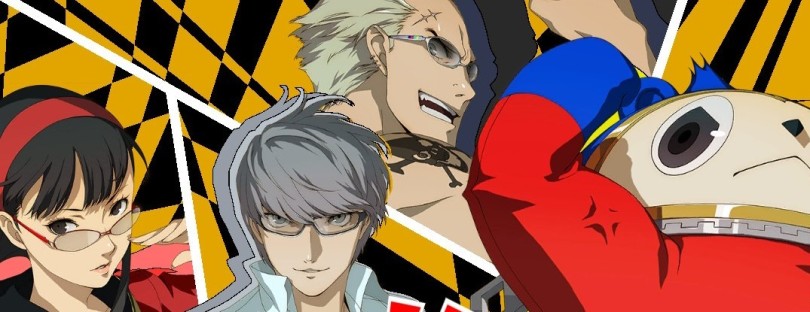
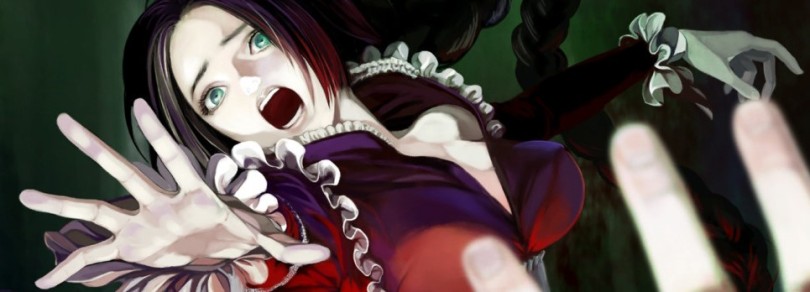









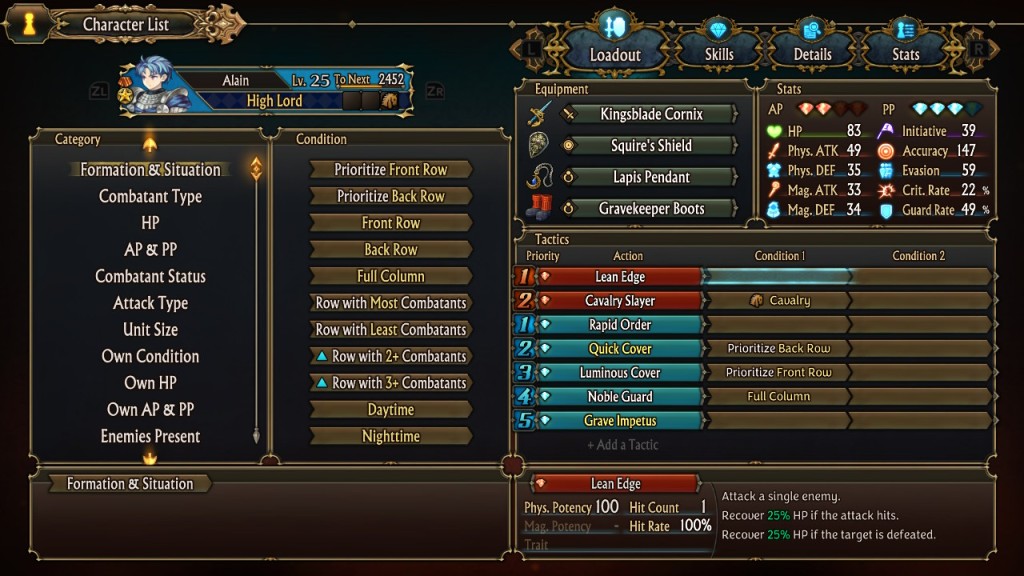


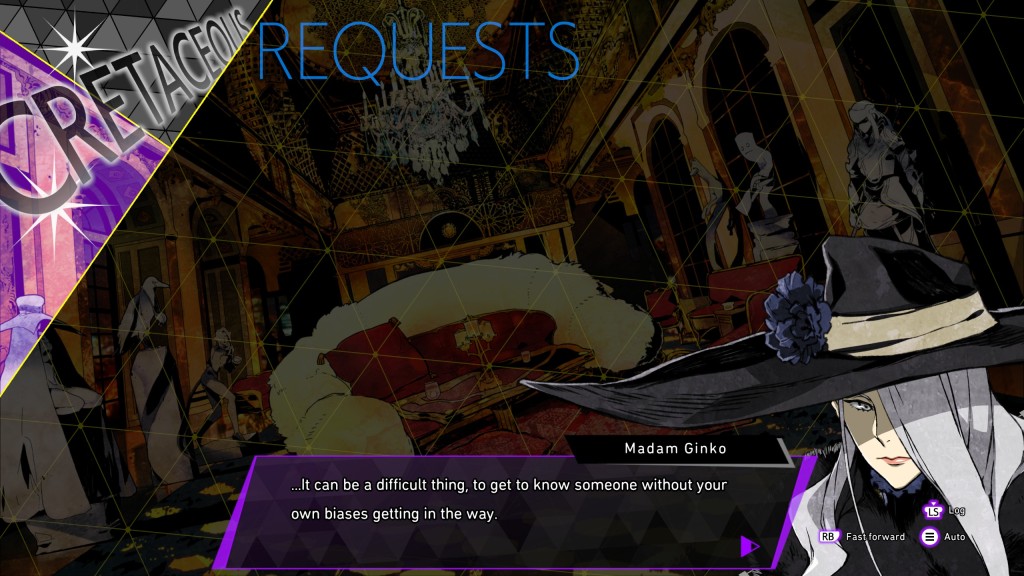



You must be logged in to post a comment.